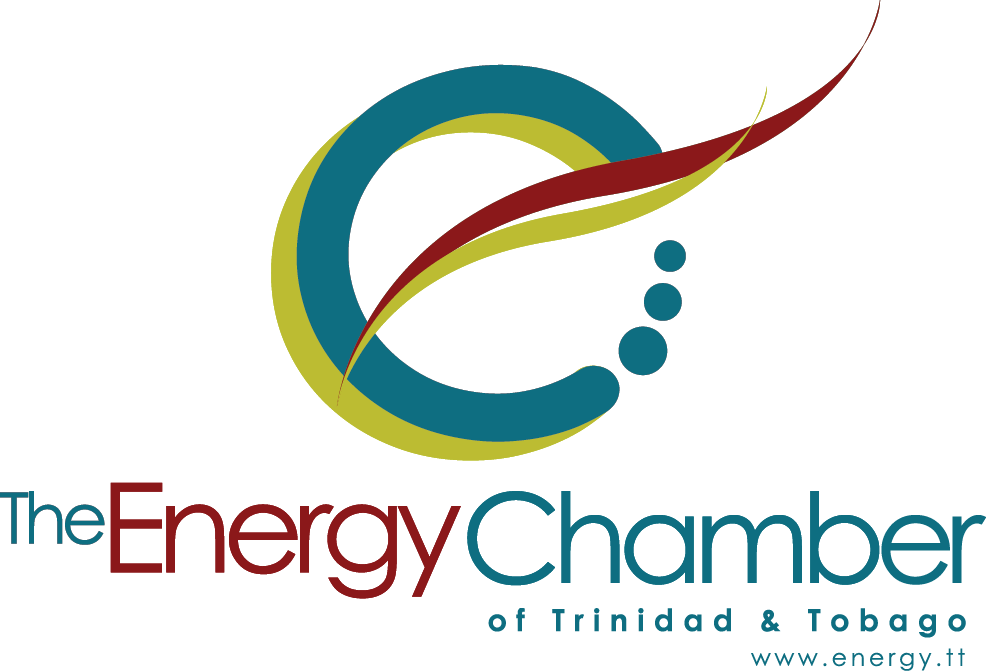In CARICOM, there is currently approximately 289 MW of installed solar power generation capacity, with 138MW under construction. The most successful country thus far has been Jamaica with 117 MW of installed solar. Jamaica is also the country with the most diverse renewable energy mix for power which also includes hydroelectric, wind and biofuels – to supplement their hydrocarbon-based power generation (mostly imported LNG).
Trinidad and Tobago is currently among the countries that have the smallest solar footprint in the Caribbean. At present almost 100% of T&T’s electricity comes from natural gas power plants - which consumed over 260 mmscf/d of gas in 2024. It should be noted that natural gas has a lower carbon footprint compared to other fossil fuels used in power generation, including coal, fuel oil and diesel. Fuel oil and diesel are the dominant fuels for power generation in most Caribbean countries.
Trinidad & Tobago is of course a producer of hydrocarbons but other islands in the region have to import fuels to generate electricity. This results in extremely high electricity prices which has led them to look at renewable energy options to reduce their fuel import bills.
Driven by the need to decarbonize and the need to shift demand for power away from natural gas which is in short supply, the government in T&T issued a call for proposals to develop a grid scale renewable energy project. A consortium of bp & Shell ultimately won the bid and work began to develop the Brechin Castle project. The NGC later joined the consortium and construction began in 2023.
The Brechin Castle project when complete in 2025 will be the largest solar project in the Caribbean. It will add 92MW of solar capacity to Trinidad’s existing 5MW. This means that at the end of 2025 T&T will be the second largest producer of solar energy in CARICOM, just behind Jamaica. The project will also produce up to 10% of T&T's electricity when complete.
The government has also signaled their intention to develop wind resources, with the ultimate objective of developing a green hydrogen economy. Up to 5GW of wind power will be needed to support a shift from grey to green hydrogen; 50 times the current capacity of the Brechin Castle facility.



